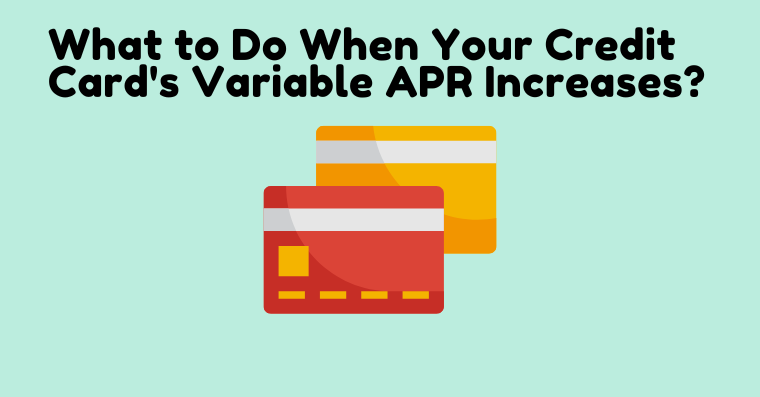Search This Blog
Our goal at Best Credit Guide is to empower people with the knowledge and tools they need to make informed financial decisions and achieve their financial goals.
Featured
- Get link
- X
- Other Apps
How To Read A Credit Card Statement?
Credit card statements can be complex and confusing, with lots of numbers that can be difficult to understand. However, it’s important to read your credit card statements carefully to ensure that all charges are accurate, and to keep track of your spending and payments. In this article, we will discuss how to read a credit card statement.
What to read in credit card statement:
Personal Information
The first section of your credit card statement will typically include your personal information, such as your name, address, and account number. It’s important to review this information to ensure that it’s correct.
Payment Information
The payment information section of your credit card statement will include details about your previous balance, payments, and new balance. It’s important to review this action to ensure that your payments have been credited to your account and that your balance is accurate.
Transaction details
The transaction details section of your credit card statement will include a list of all transactions made during the billing cycle, including purchases, cash advances, balance transfers, and fees. Each transaction will typically include the date, merchant name, transaction amount, and any applicable fees or interest charges.
Minimum payment warning
The minimum payment warning section of your credit card statement will include information about how long it will take to pay off your balance if you only make the minimum payment each month. It will also include information about how much interest you will pay over time. It’s important to review this section to understand the long-term impact of carrying a balance.
Fees and interest charges
The fees and interest charges section of your credit card statement will include a list of all fees and interest charges assessed during the billing cycle. This may include annual fees, late payment fees, cash advance fees, and balance transfer fees, as well as interest charges on your balance. It’s important to review this section to understand the cost of using your credit card.
Rewards and benefits
The rewards and benefits section of your credit card statement will include information about any rewards you have earned, such as cashback or points, as well as any benefits that come with your credit cards, such as travel insurance or purchase protection.
Payment coupon
The payment coupon section of your credit card statement will include a detachable coupon that you can use to make your payment. It will typically include the amount due, the due date, and the payment address.
Tips for reading your credit card statement:
- Review your credit card statement carefully each month to ensure that all charges are accurate and that there are no unauthorized transactions.
- Pay attention to the payments information section to ensure that your payments have been credited to your account and that your balance is accurate.
- Check the fees and interest charges section to understand the cost of using your credit card and to identify any areas where you may be able to save money.
- Understand the minimum payment warning section to understand the long-term impact of carrying a balance and to make a plan to pay off your debt.
- Take advantage of rewards and benefits by understanding how to earn and redeem rewards and by using your credit card for purchases that offer additional benefits, such as travel or purchase protection.
Bottom Line:
Reading your credit card statement can be a complex and confusing process, but it’s an important part of managing your finances. By understanding how to read your credit card statement and by reviewing it carefully each month, you can ensure that all charges are accurate, keep track of your spending and payments, and make the most of your credit card benefits.
- Get link
- X
- Other Apps
Popular Posts
The Role of Forex Credit Cards in International Business Transactions
- Get link
- X
- Other Apps
What to Do When Your Credit Card's Variable APR Increases?
- Get link
- X
- Other Apps



Comments
Post a Comment